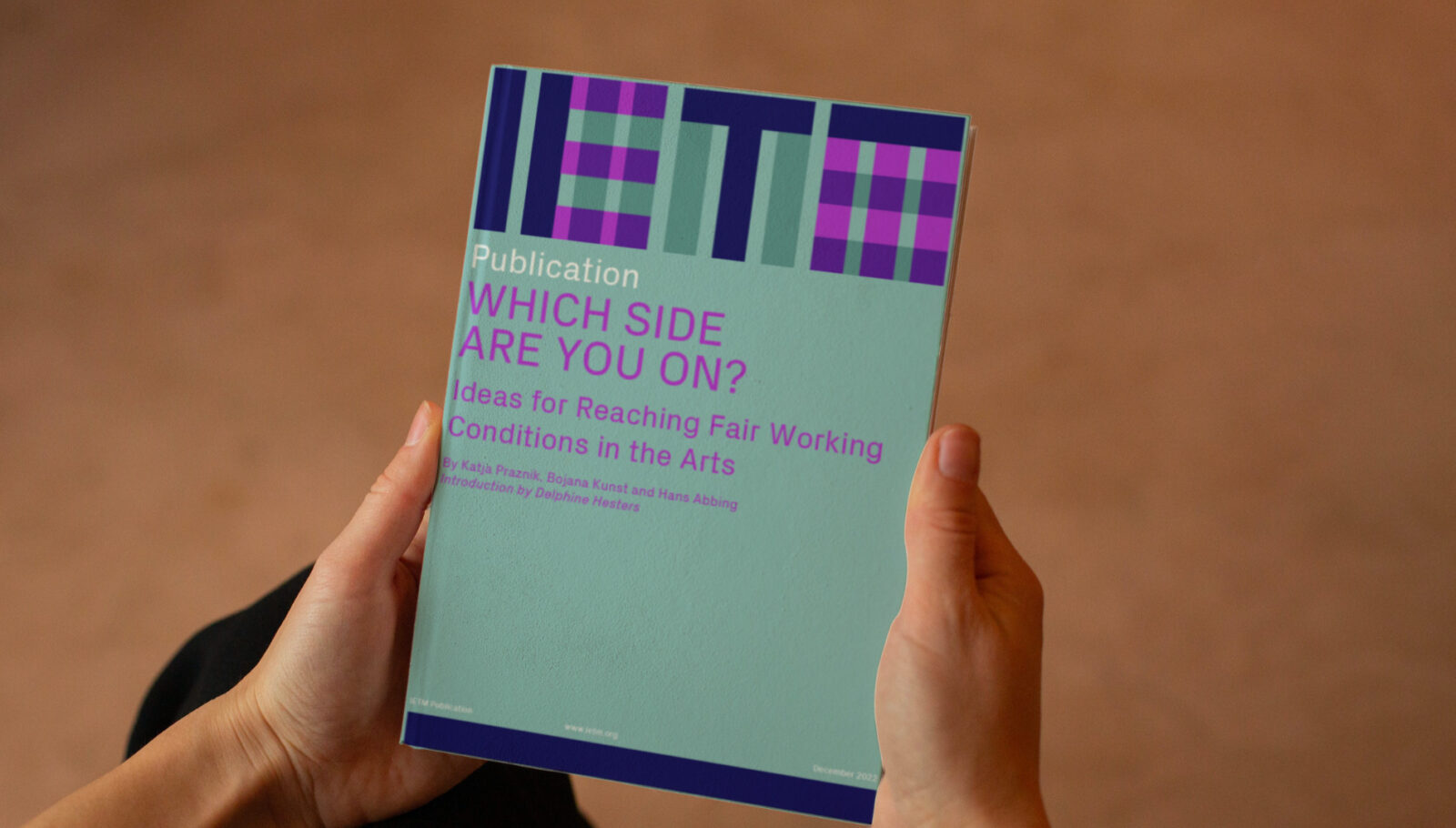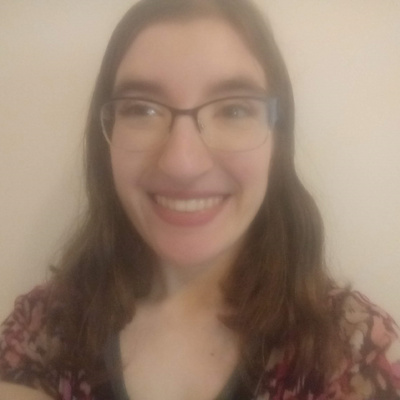Sustainable Paths: IETM eBook Lays Groundwork to Help Fight Artist Poverty

People who dedicate their lives to a career ought to be able to support themselves through their work… yet this is often not the case for performers and other artists. As part of a three-year initiative, the International Network for Contemporary Performing Arts (IETM) has set out to understand the roots of the link between art and poverty and then lay out sustainable development solutions that promote fairness within the performing arts sector. This publication is just the first part of their findings.
No matter if you are bleeding, breathing, and making your living in the arts or you are someone whose primary mode of encounter with art is as an audience member, all of us are familiar with the archetype of the poor, starving artist. The once-in-a-generation painter who throws his masterpiece into the hobo’s bonfire to keep himself warm at night. The street performer who gives pedestrians a good show all day long and, after dark, retreats to their self-made nook under the toll bridge, the cold roof of a cardboard box their only shield against the harshness of the elements. OK, so the versions of this character that you see on TV might be a bit exaggerated… but this particular stereotype, unfortunately, has a harsh amount of truth to it.
Around the world, there are many artists who face what Belgian sociologist Delphine Hesters, in her introduction, calls the “wicked problem” of labor and of exploitation (“Which Side Are You On?” 4). Artists of all kinds are hired for a project and pour their heart and soul into their work, only to receive a pittance in exchange for it. Often this comes while working in conditions that are not always healthy, sustainable, safe, or quite possibly even legal.
Part of the issue is, as Slovenian author and arts management expert Katja Praznik explains, that many of those who are in the position to compensate creators monetarily for their art do not see art as real labor to begin with. Is a labor of love, some might think, not a reward in and of itself? (Yes, but that kind of reward doesn’t help pay the bills.) Or it may be that the project-based mindset that sees art as something whose foremost value is in the completed product, posits performance art theorist Bojana Kunst, fails to recognize the hard work and the struggle that happen on the way to achieving it. Dutch artist and economist Hans Abbing goes on to point out that many now-emerging “new bohemian” artists already recognize that their work will not be fairly compensated and simply plan to live with less, for the time being, or compromise by balancing art with a more “practical” second profession (even at the cost of being seen as amateurs in either field). With the current landscape of the performing arts and the tools at our disposal, he asks, how can there be any way to make a full-time career in the arts sustainable?
That question may or may not be answered conclusively within the twenty-odd pages of this online publication, but these three performing arts scholars—Praznik, Kunst, and Abbing—are more than qualified to help us begin to unpack the complexities of the issues at hand. Encapsulating part one of the IETM network’s three-year plan to build a fairer, greener change-making strategy, “Which Side Are You On?: Ideas for Reaching Fair Working Conditions in the Arts” is a short eBook that grapples with the toughest parts of the performing arts sphere. Throughout it, our scholarly trio establishes the groundwork of our current problems and brainstorms solutions for developing a better future, from wider policy goals to more individual practices. Their offered answers vary from artistic labor unions to infrastructure that helps emphasize relationships, instead of productivity, to the acceptance that not all work necessarily needs to be sustainable, as not all workers aim to follow the same traditional career paths.
Finding answers—or choosing sides, or figuring out which side you’re on—may all sound extremely challenging… but as Delphine Hesters offers, “to strengthen the position of artists, we must not only focus on getting our ‘internal kitchen’ in order, but we equally have to keep looking outward, joining forces with the many allies in the larger society who aim for a more fair, diverse and green world” (6). This eBook is the place to start.
The full eBook of “Which Side Are You On? ” can be downloaded for free from the IETM website here. Access the PDF directly or listen to the audiobook version at the bottom of the webpage. And, while you’re there, explore some of the other thoughtful resources that the IETM has to offer!
Editor's Note: At StageLync, an international platform for the performing arts, we celebrate the diversity of our writers' backgrounds. We recognize and support their choice to use either American or British English in their articles, respecting their individual preferences and origins. This policy allows us to embrace a wide range of linguistic expressions, enriching our content and reflecting the global nature of our community.
🎧 Join us on the StageLync Podcast for inspiring stories from the world of performing arts! Tune in to hear from the creative minds who bring magic to life, both onstage and behind the scenes. 🎙️ 👉 Listen now!
